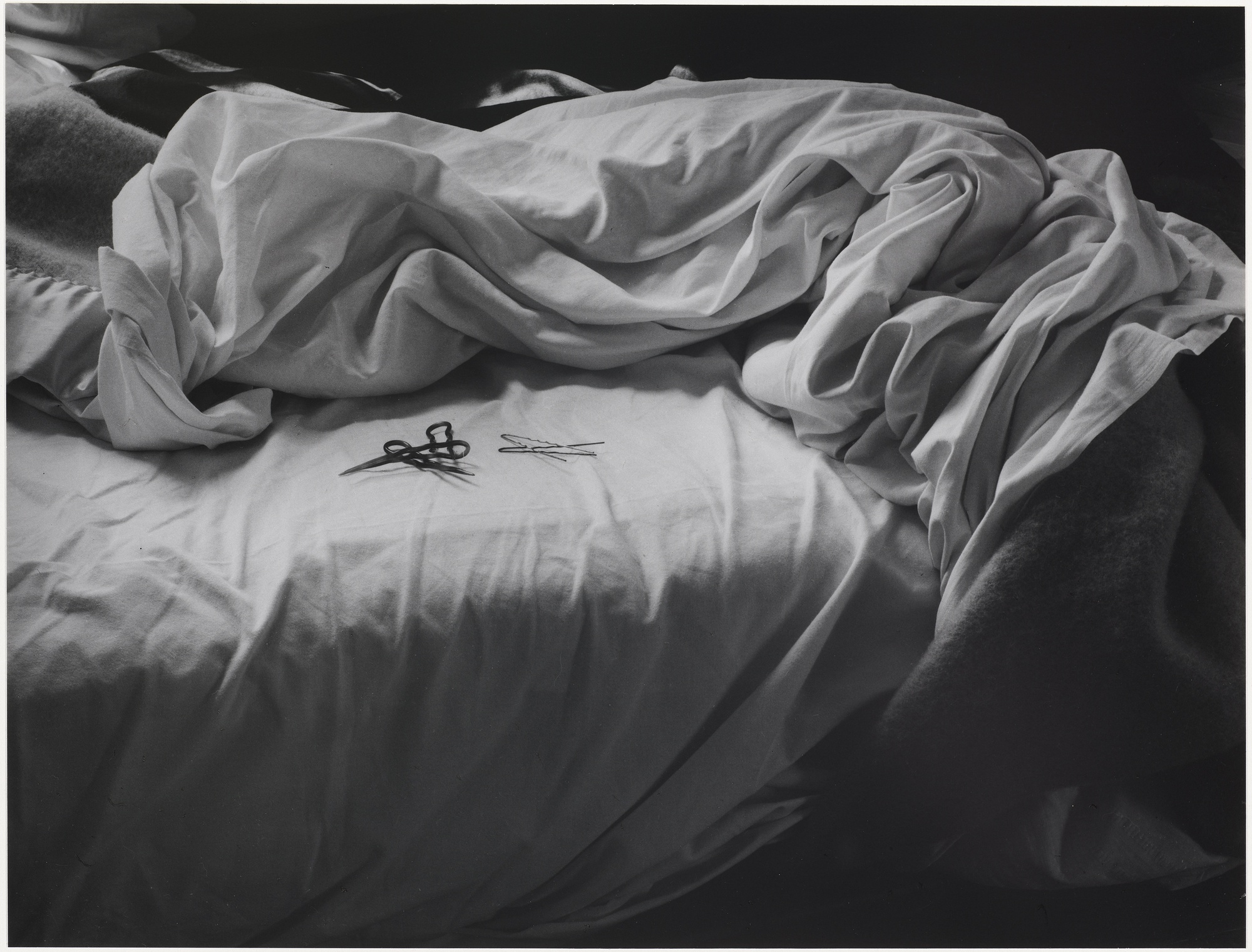
News
Summers Will Not Finish Semester of Teaching as Harvard Investigates Epstein Ties

News
Harvard College Students Report Favoring Divestment from Israel in HUA Survey

News
‘He Should Resign’: Harvard Undergrads Take Hard Line Against Summers Over Epstein Scandal

News
Harvard To Launch New Investigation Into Epstein’s Ties to Summers, Other University Affiliates

News
Harvard Students To Vote on Divestment From Israel in Inaugural HUA Election Survey
MFA Opens Strong Slate of Fall Exhibitions

On Sept. 3, “Terry Winters: The Structure of Things” and “Imogen Cunningham: In Focus” opened at Boston’s Museum of Fine Arts, showcasing experimental prints and critically acclaimed photography. The prints from Terry Winters offer the viewer a particularly technical, even scientific, take on the visual image, and the new photography exhibit provides an opportunity to glimpse a bit of Cunningham’s photographic genius.

“Terry Winters: The Structure of Things” surveys about 50 of Winters’ paintings, prints, and drawings, most of which were made in the 1980s. These works aren’t something most people would hang above their fireplace: Winters often forgoes conventional aesthetic gratification for a more cerebral approach to the visual arts. Cell structures and biological cross-sections, for example, serve as inspiration for a large number of his works. His print “Morula III” (1983-84) evokes the dividing eggs or germ clusters associated with reproduction. But Winter’s use of soft, smudgy blacks, browns, and greys in his creative print series initially masks their technical—and maybe even repulsive—subject matter. A representation of a cell could just as easily be a planetary body, or an amorphous sphere. In other works, where scientific models are less visible, he plays with negative space and spatial perceptions in ways that create a viewing experience that borders on the psychedelic. The small show represented Winters’ portfolio well, displaying a wide but comprehensible range of works, materials, and techniques.

The MFA also opened “Imogen Cunningham: In Focus” this weekend. The show attempts to show a full range of works from Cunningham, a giant of the twentieth-century photography and a pioneering female artist. She famously teamed up with like-minded San Francisco Bay Area photographers to form Group f/64, pioneering sharply-focused, modernist styles. In attempting to capture 50 years of Cunningham’s work in 35 photographs, the show can seem at times somewhat unfocused and scattered. But that’s not to degrade the stellar showcasing of Cunningham’s varied but consistently high-quality production, which ranges from street photography and self-portraits to botanical stills and funky overlays. One famed, particularly striking piece is “The Unmade Bed” (1957), a crisp shot of Cunningham’s tangled bed sheets that feels spontaneous and intimate. And a small section of the exhibit shows a few of her playful self-portrait pieces, in which she captures her reflection, presumably just by chance, on glass surfaces in the midst of shots. Cunningham’s innovative and transformative contributions to modern photography are clearly evident in the showcase.
These two latest additions to the MFA’s fall exhibitions offer an intellectually stimulating experience for the viewer. Winters’ works bring energy to his materials, showing off a uniquely experimental and intentionally technical approach to media. And the chance to see even a limited selection of Cunningham’s best pieces is well worth a trip across the Charles.
“Terry Winters: The Structure of Things” and “Imogen Cunningham: In Focus” will be on view at the MFA through June 18, 2017.
—Staff writer Rebecca C. Dolan can be reached at rebecca.dolan@thecrimson.com.
Want to keep up with breaking news? Subscribe to our email newsletter.
